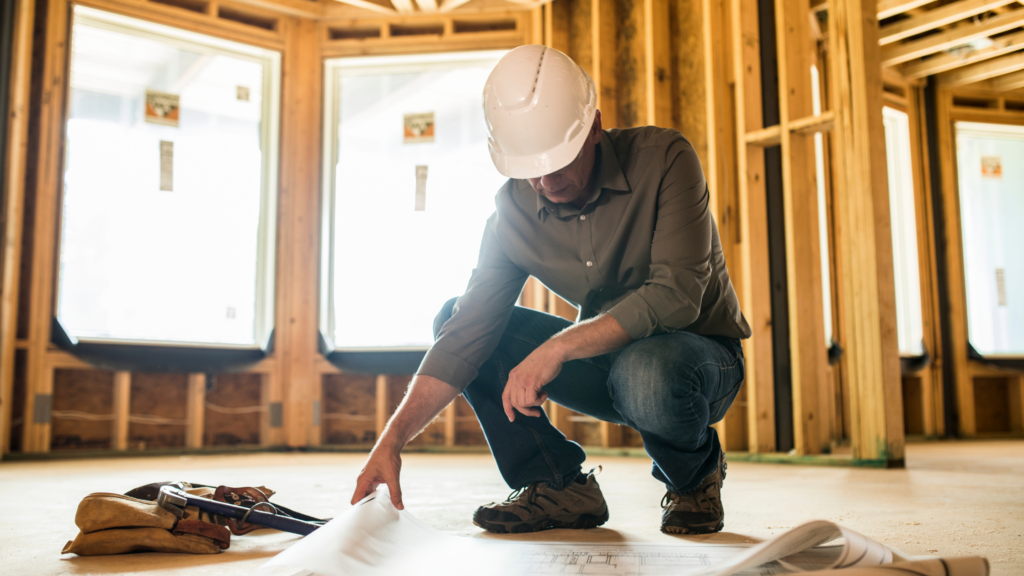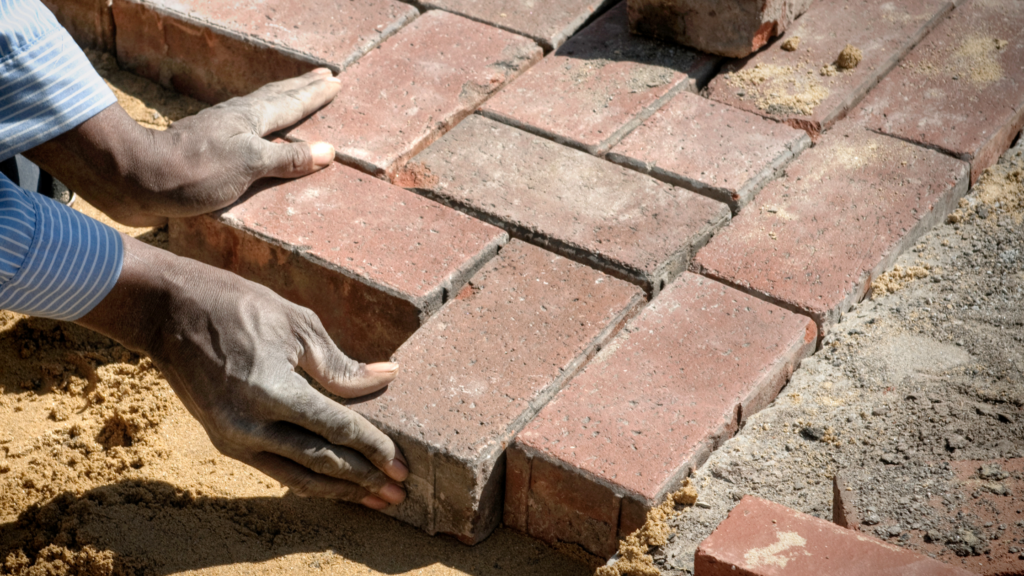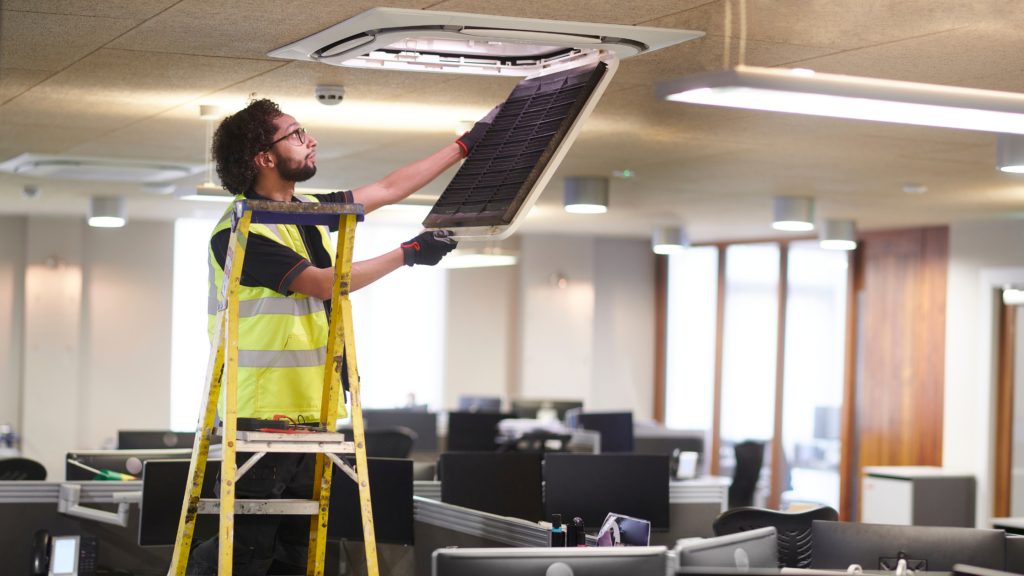Every day when I was a kid, I put on my white, short-sleeve shirt, clipped on my Catholic-plaid tie, and went to school. The sisters marched us single file into church for Mass, and we knelt in silent prayer until the priest rang the sanctuary bell and began the liturgy.
The Mass was in English, we sometimes had guitars, and a lay person would read one of the readings.
I didn’t know anything unusual was happening, but the church was undergoing a revolution. The revolution, which is still going on, was called for by the bishops of the world at Vatican II, which was taking place the year I was in first grade. The bishops said:
In the restoration and promotion of the sacred liturgy the full and active participation by all the people is the aim to be considered before all else, for it is the primary and indispensable source from which the faithful are to derive the true Christian spirit. (Constitution on the Sacred Liturgy, 14)
This full and active participation is not merely a matter of making liturgy more lively and engaging. It is a priestly act that is our right and duty enjoined on us at our baptism. When we gather for eucharist, when we “do this” in remembrance of Christ, we are taking our place at the same table at which the first disciples gathered in the upper room. And when we do that, we are also taking our place in the mission Jesus gave them—to establish the reign of God on earth.
Why this matters for catechumenate teams
This is important, because as we have been saying in a series of posts, Pope Francis is asking all of us, especially the baptized priesthood, to step up. The entire church is being called to participate in a multi-year process for dreaming together about what it means to be church. In a sense, the revolution has gone like this:
- Pope John XXIII called all the bishops of the world together to dream about the future
- The bishops said the number-one thing we have to do is get everyone to participate, especially the baptized priesthood
- For more than 50 years, church leaders have been repeating that message: through the way we celebrate the sacraments, through the way we teach, through the way we live in our parishes and families, and through the way we serve the poor
- Pope Francis said the message has been delivered. Now it’s time to listen
- …
Number 5 is up to you and me. It’s time for you and me and all the faithful to first of all listen to the Holy Spirit. And then to listen to each other. And then we have to report what we have heard. This process is what Pope Francis calls “synodality.” That’s a fancy word that means journeying together or dreaming together. Pope Francis’s hope is that the revolution of Vatican II will mature to a point that the entire church understands synodality as the normal way of being church.
To that end, Pope Francis has launched a three-year process that will be made up of three phases:
- listening
- discerning
- consultation
The preparatory document for this three-year process says:
With this convocation, Pope Francis invites the entire Church to reflect on a theme that is decisive for its life and mission: “It is precisely this path of synodality which God expects of the Church of the third millennium.” This journey, which follows in the wake of the Church’s “renewal” proposed by the Second Vatican Council, is both a gift and a task: by journeying together and reflecting together on the journey that has been made, the Church will be able to learn through Her experience which processes can help Her
- to live communion,
- to achieve participation,
- to open Herself to mission.
Our “journeying together” is, in fact, what most effectively enacts and manifests the nature of the Church as the pilgrim and missionary People of God. (Synod Preparatory Document)
Focus on this one question
The way we will “journey together” is both simple and difficult. The journey will be guided by one idea. Over the course of this three-year process, we have to return again and again to this basic question:
How does this “journeying together,” which takes place today on different levels (from the local level to the universal one), allow the Church to proclaim the Gospel in accordance with the mission entrusted to Her; and what steps does the Spirit invite us to take in order to grow as a synodal Church? (Synod Preparatory Document)
Here, I want you to stop for a moment. I want you to rephrase that question in a way that makes sense for your catechumenate community. Please grab pen and paper and rewrite the question in a way that you can ask it of yourself, your team, your sponsors, and your seekers. Here is my attempt, but don’t just copy mine. Come up with your own phrasing.
When we think about who we are as “church,” what does our dream church look like? What do we look like, what do we do, what kinds of things do we say when we are at our best? And when we are at our best, how do we invite others to join our best-selves, our best-church? And what is one simple step the Holy Spirit is inviting us to that we can take right now to get closer to our ideal church?
Eight ways to imagine our best church
The preparatory document lists eight areas in which we might imagine our best church. Some of these may be helpful in your listening process with your catechumenate community:
- How has the Holy Spirit journeyed with us in the past and how do we imagine that the Spirit is guiding us today to be witnesses of God’s love?
- How can we be a more participative and inclusive church? Most especially, how can we include those who are on the margins so that they can teach us more about what it means to be an ideal church?
- How can we get better at recognizing and honoring the amazing wealth of gifts that the Spirit has given us to make the world a better place?
- How can we, as members of the baptismal priesthood or seekers who wish to join the baptismal priesthood, take on our rightful responsibility to proclaim the gospel and build a more beautiful world?
- How can we, as members of the baptismal priesthood or seekers who wish to join the baptismal priesthood, examine how responsibility and power are lived in the church and bring to light distorted practices that are not rooted in the gospel?
- How can we, as a church, become a more credible and reliable partner in paths of social dialogue, healing, reconciliation, inclusion and participation, the reconstruction of democracy, the promotion of social friendship?
- How can we build stronger ties with members of other Christian communities, other faith traditions, and other social and civil groups?
- How can we make sure that the fruits of this listening process actually make a difference in our catechumenate community? And in our parish? And in our diocese? (see Synod Preparatory Document)
How the listening process works (in an ideal world)
This three-year listening process is supposed to start at the diocesan level. The diocese communicates everything we’ve been discussing here to the parish pastoral councils. Each pastoral council then organizes ways for parishioners and parish ministries (like the catechumenate community) to engage in the listening process I just described. And that is actually happing in some places. I know of efforts taking place in the (arch)dioceses of:
- Newark
- Baltimore
- Chicago
- Miami
- Joliet
- Washington
- Dallas
- San Diego
- Lexington
- Cleveland
- Los Angeles
- Vancouver
- San Antonio
- St. Petersburg
- (If I missed one, please add it to the comments below)
Each parish group is supposed to then report back what they heard to their parish council. The parish council collates that information and sends it back to the diocesan liaison. The diocese then sends a summary to the conference of bishops (the USCCB in the United States). The conference sends a synthesis of all of that to the organizing committee of the synod in Rome. Then, in April 2022, there will be an assembly of the faithful and the bishops together with the pope to listen to and deliberate what was talked about in churches around the world.
Here is the beauty of the revolution of Vatican II and its expression in this synodal process. You don’t need to wait of some authority from above to engage in a dreaming-about-the-future process.
How the listening process works (in a not-so-ideal world)
You can probably already spot a couple of problems here. What if your diocese isn’t taking any action on this process? Or maybe the diocese is on board, but your pastor or parish council isn’t participating? And how do you know if what your catechumenate community heard and discerned will be communicated accurately back up through all those channels?
So here is the beauty of the revolution of Vatican II and its expression in this synodal process. You don’t need to wait of some authority from above to give you permission to engage in a dreaming-about-the-future process. Way back at the beginning of the Council, in its very first document, the bishops said the aim to be considered before all else is the full and conscious participation of by all the people. They said this is our right at duty by our baptism (see Constitution on the Sacred Liturgy, 14).
By our baptism, we are members of the royal priesthood of Christ. We have both the right and duty to shape and lead the mission of the church. The organizers of the synod recognized this fundamental truth, and so have said:
Religious communities, lay movements, associations of the faithful, and other ecclesial groups are encouraged to participate in the Synodal Process in the context of the local Churches. However, it is also possible for them, and for any group or individual that does not have an opportunity to do so at the local level, to contribute directly to the General Secretariat. (Synod Official Handbook; emphasis added)
You can contact the General Secretariat here:
But you don’t even need to do that. Just by gathering your catechumenate community — your team, your sponsors, your seekers — and listening to the Holy Spirit and each other, you will be shaping and leading the mission of the church. You will be building the future of the church.
At first glance, listening to the Spirit in just your small group may seem insignificant. But remember that year when you only had one seeker? Or even no seekers? Did you think at that time your ministry was insignificant? Of course not. We know that the Holy Spirit most often works in whispers and gentle breezes.
The miraculous power of listening
In a homily during the Mass that officially opened the synod, Pope Francis told a story about a small group that got together just to listen:
Following today’s Angelus, I will meet with a group of street people who came together simply because a group of people made an effort to listen to them, sometimes just to listen to them. And from that listening they succeeded in setting out on a new path. So often God points out new paths in just this way. He invites us to leave our old habits behind. Everything changes once we are capable of genuine encounters with him and with one another, without formalism or pretense, but simply as we are. (Oct. 10, 2021)
When Pope John XXIII convened the Second Vatican Council, he talked about opening the windows of the church to let in some fresh air. Besides letting in fresh air, there is another thing that happens when we open a window. We hear more clearly the voices of the people outside.
I invite you to imagine yourself kneeling in silent prayer. And when you hear the bell of the Holy Spirit ring in your heart, you will know the revolution has begun. It is time to leave old habits behind and step into the future. It is time to discern where the Holy Spirit is calling us. It is time to listen.
Your turn
How is the Holy Spirit calling you? How will you listen? Share your thoughts in the comments below.


















Diocese of St. Petersburg is also participating
Added! Thanks.
One place the whole church could be listening is to those parishioners who have recently left practicing their faith. Why? What has replaced the church community? What are we missing?